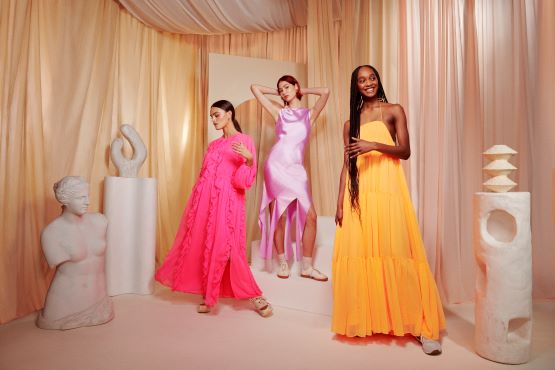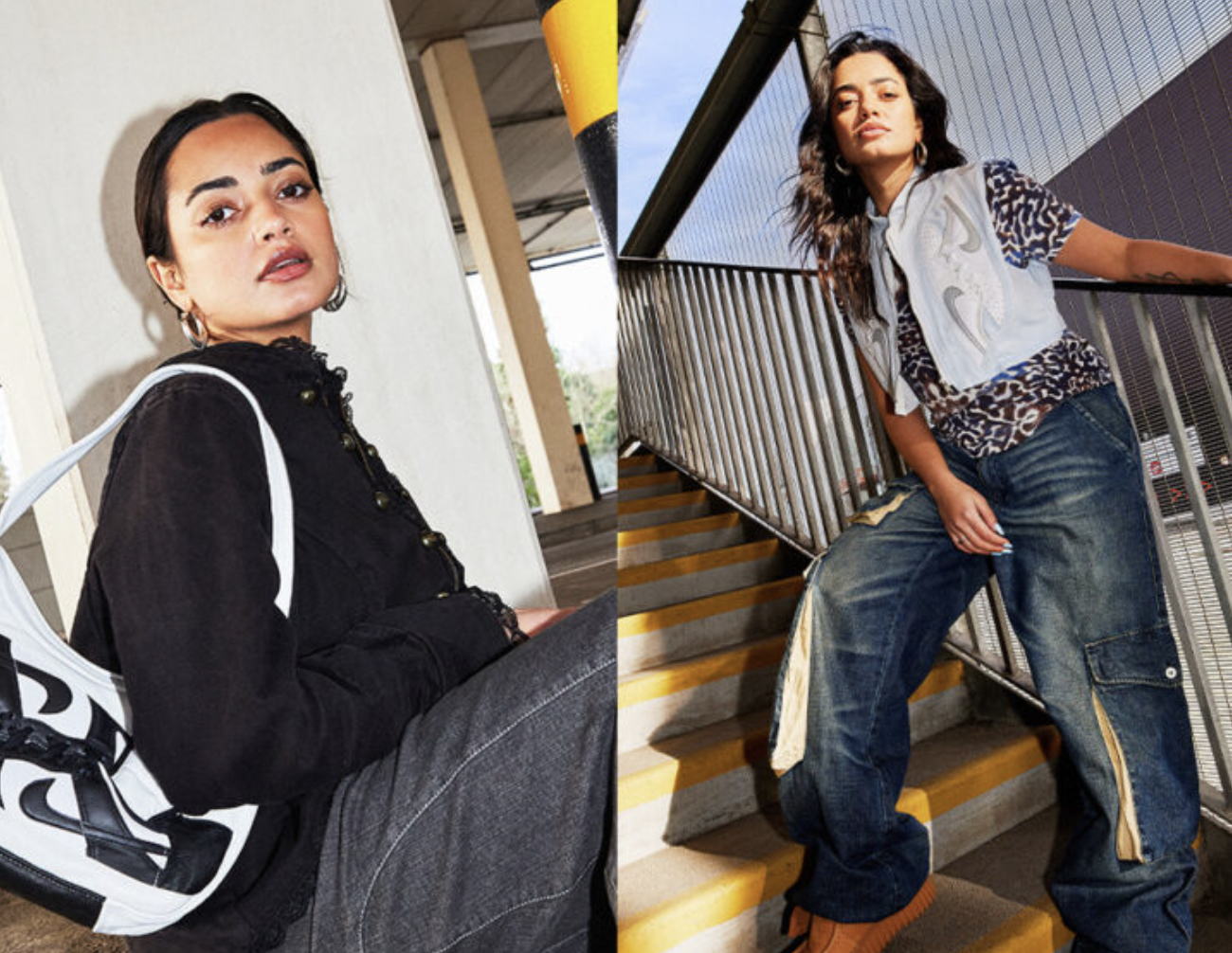Australia has proved a strong growth market for international brands in recent years, reports Chloe Rigby
International brands have flocked to sell in the Australian market in recent years – and today one in four of the Australia Top250 is a brand, selling products that it has designed and marketed itself.
European brands Zara and H&M are among recent international entrants to the market, along with Uniqlo from Japan. These brands have capitalised on a buoyant economy and consumer demand for affordable fashion, and they bring global reputations to bear in a relatively untapped market. International brands’ consistent service, operating alongside well planned operations and logistics, help them to win business from consumers who are now able to buy direct from the source.
Australian consumers have helped international brands to deliver strong returns in recent years, said Alistair Palmer, national director for Australia of the CBRE retail services group in a 2017 Viewpoint, International brands still hunting Aussie locations.“By global standards Australia is relatively unsaturated with a lack of products and services in some geographies meaning retailers don’t face the same competition. This has been particularly evident in the fast fashion sector of the market. This has helped international brands such as Zara and H&M achieve among their highest store sales performance across their global portfolio over the past three years, here in Australia.”
Alongside them, home-grown brands including activewear brand Lorna Jane score highly in the Australia Top250, while those producing premium products originating from Australia are now able to sell to the Chinese market through marketplace sites such as VIP.com.
“Despite the arrival of new brand names, Australia still has a relatively low rate of international brand penetration”
Brands account for a quarter of the Top250, and they gain their fair share of consumer interest. Around a quarter of unique website visits to the Australia Top250 go to brands, suggests RetailX analysis that incorporates data from Hitwise and Similarweb. At the same time, however, they have a smaller share of page views, a metric that multiplies the average number of pages viewed by the number of visits the website receives. Future RetailX research will aim to understand why this is.
There’s still plenty of room for growth. Despite the arrival of new brand names, Australia still has a relatively low rate of international brand penetration. Some 30% of those selling in the market are brands, in contrast with the 45% of market share that brands have in markets such as Singapore, Hong Kong and the UK, says CBRE.
The expansion of international brands into a market that was relatively well protected until recently has had a profound effect. Increased competition means that prices have fallen in recent years, while a number of Australian retailers and brands have closed. It’s a symptom of globalisation – and not entirely one way, with some Aussie brands performing well in other markets. As yet, third-party retailers still dominate the domestic market, perhaps thanks to their ability to differentiate themselves and localise their services to meet consumers’ needs.
CBRE’s Palmer said the success of retail brands depended on their willingness to adapt and be flexible in an increasingly competitive environment. “Particularly for international retailers it is vital they understand the Australian market and adapt their product accordingly to ensure there is no disconnect,” he said. “Riding on a strong international reputation isn’t enough.”





